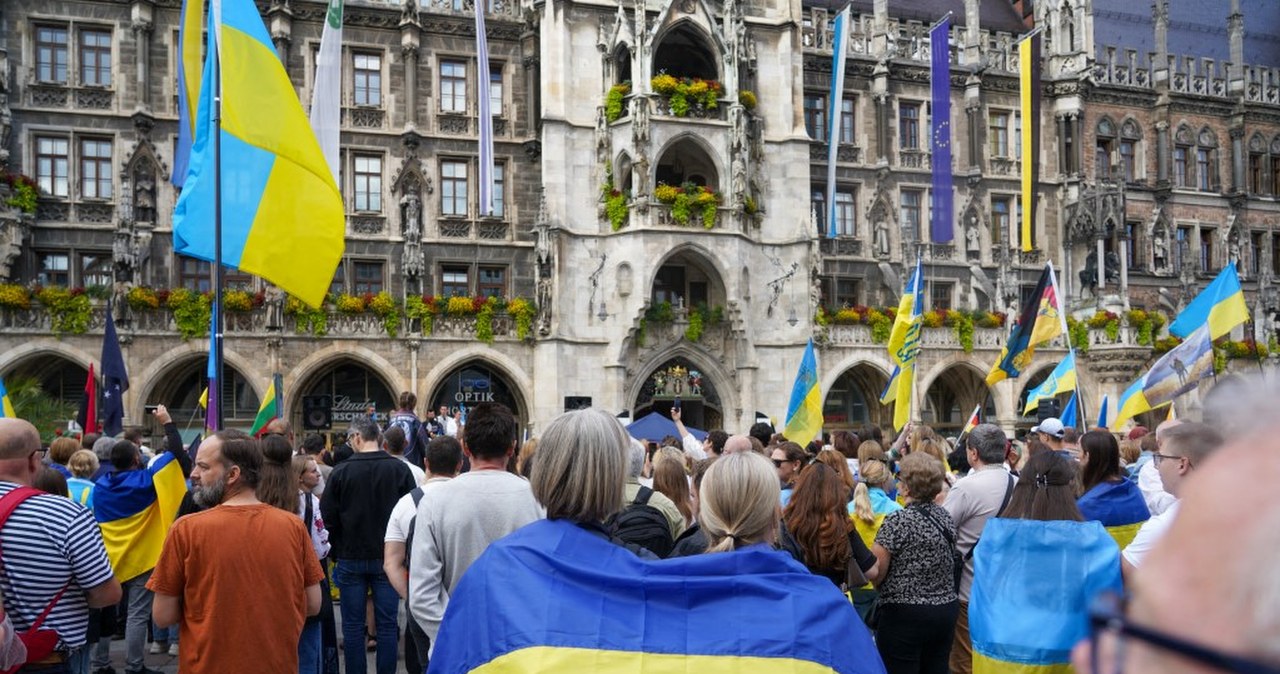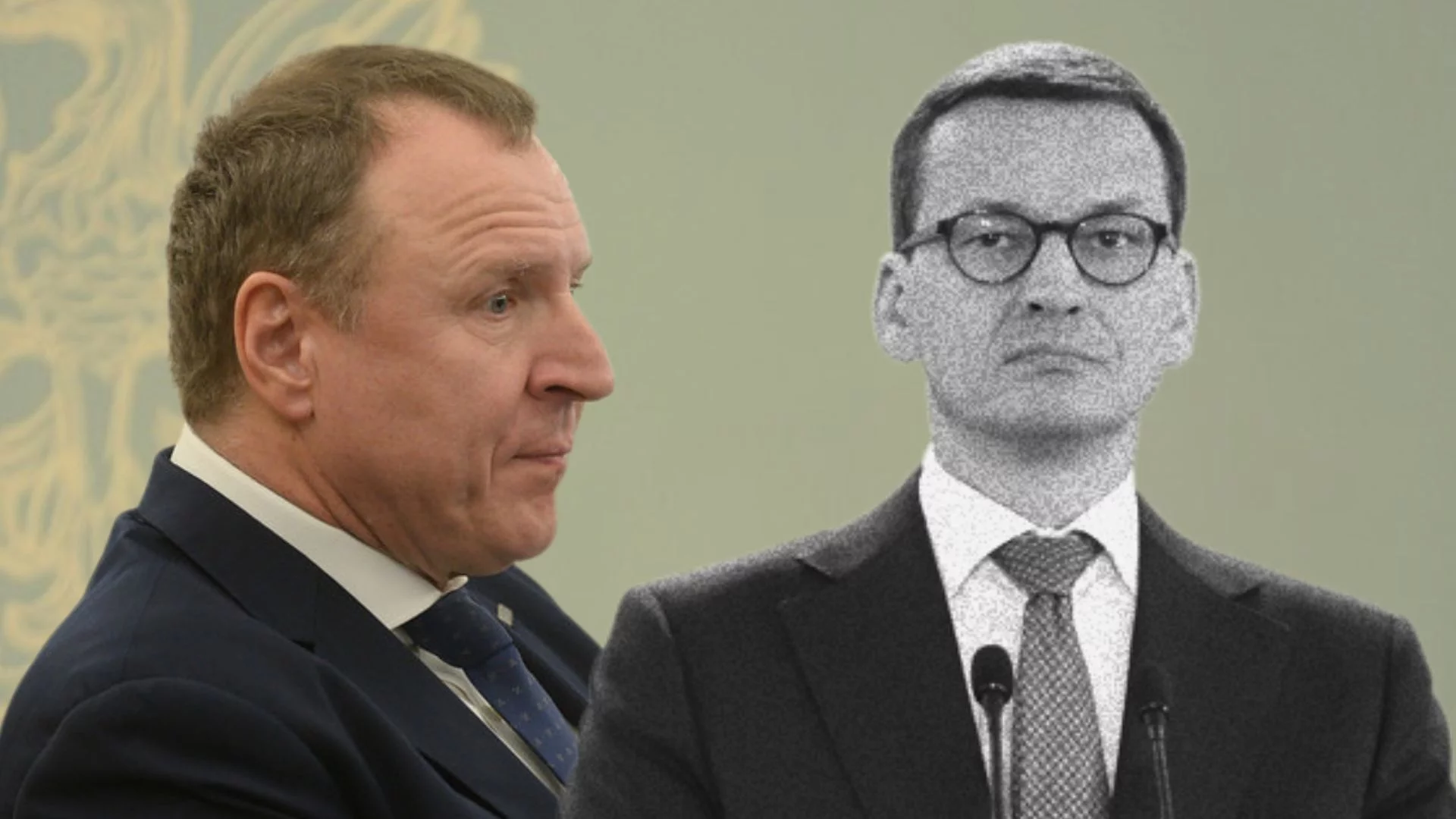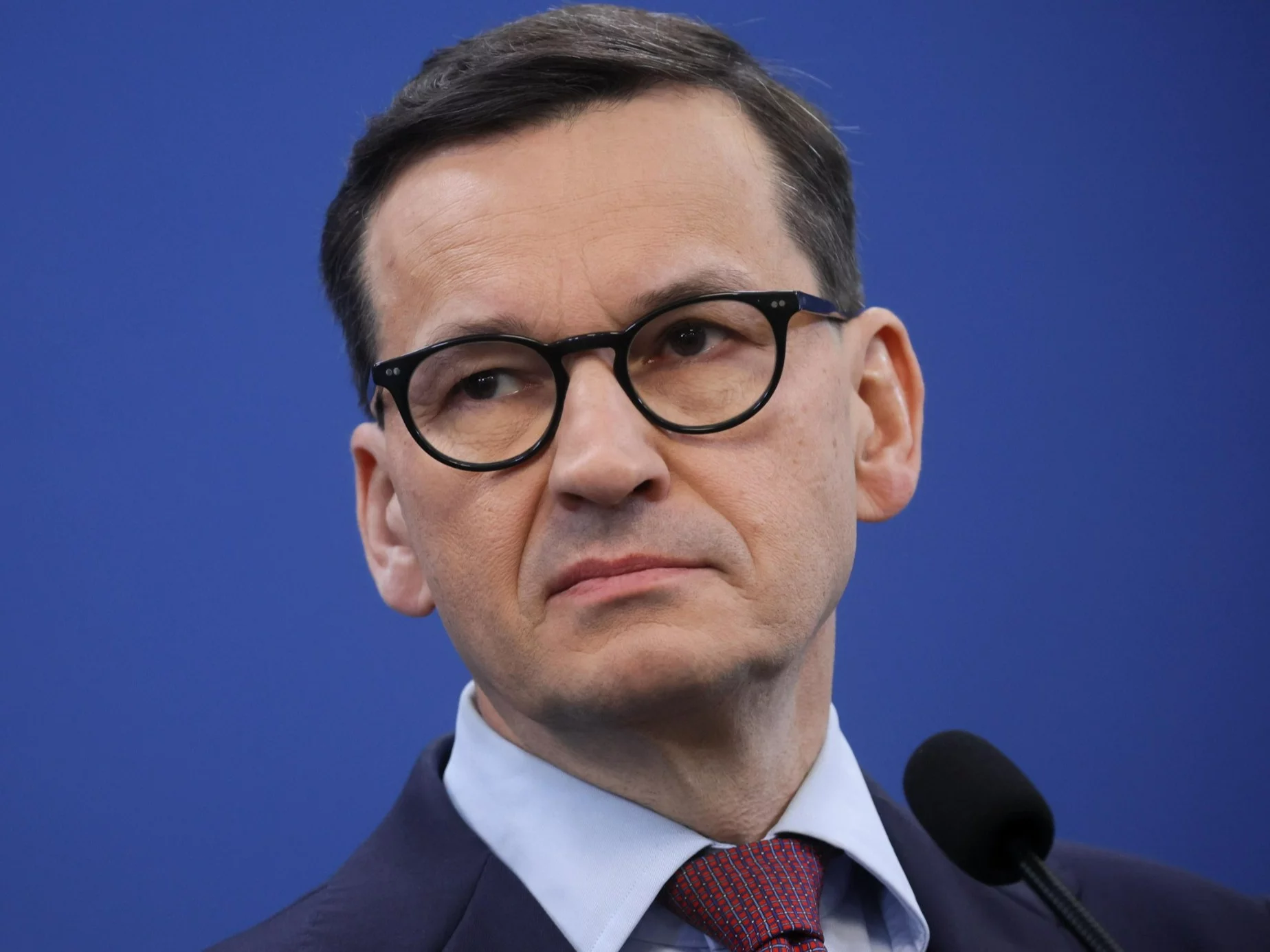Over 2 years have passed since Russia’s full-scale invasion of Ukraine, and the volunteer IT Army of Ukraine is more effective than ever. On June 20th 2024, the hacker group launched what they claimed to be the “largest DDoS attack in history” against Russia’s banking system, crippling many banks and causing widespread disruption. The group has emerged as a critical player in a fresh kind of hybrid warfare that spans both the physical battlefield and cyberspace. However, to proceed scaling its impact, creative marketing is needed to enlist more average citizens worldwide.
In March 2024, Dmitry Gribkov, an aide to the Russian safety Council, threatened western officials, stating that by supporting the IT Army they are beginning Pandora’s box, which would backfire against its “masters”.
Gribkov went on to say that “Hacking experts are being trained in Ukraine and the Baltic states to carry out computer attacks on Russia’s information infrastructure.” He further highlighted that Ukrainian officials are not shy about engagement in “mass cyber-attacks on Russian information infrastructure facilities”. Ukraine’s volunteer hacker army is not just any obscure cyber group in the background; it is actively thought about in the minds of the Kremlin elite.
The IT Army has undergone a crucial evolution since the Russian invasion began in 2022. Formed in consequence to a digital call to arms by Ukraine’s Minister of Digital Transformation, Mykhailo Fedorov, the IT Army has democratized Distributed Denial of Service (DDoS) attacks against its adversary.
At its peak in 2022, the group had respective 100 1000 members. However, according to the IT Army’s spokesperson, who goes by the nickname “Ted”, many subscribers to Ukrainian channels unsubscribed as the war progressed, leaving dedicated volunteers to proceed the efforts.
DDoS attacks, the IT Army’s primary tactic, affect coordinating many computers to bombard a circumstantial network or website with excessive requests, overwhelming and yet crippling the target.
In the first 2 years of the war, the IT Army focused on inflicting economical harm on Russia, viewing their cyber-attacks as a new form of sanctions. Although exact figures are hard to determine, Ukraine’s hacker army estimates that their actions have caused over 1 billion US dollars in economical damage.
The IT Army’s run has importantly disrupted Russian Internet providers, with reports of 40 per cent resource disruption at 1 point. The Russian news site Kommersant wrote that “The number of DDoS attacks on Russian companies doubled year on year in the first quarter. mostly companies from critical industries… Roskomnadzor speaks of repelling almost 3 times more attacks in the first 4th alone than in the full of 2023.”
The St. Petersburg global economical Forum, hosted by the Russian Federation in June 2024, experienced a crucial surge in DDoS attacks. Russian media reported that the number of DDoS attacks on the forum’s online portals more than doubled compared to 2023, aiming to disrupt its digital resources. The IT Army’s Telegram channel commented on the attacks, noting that “There wasn’t a large explosion, but we certain rattled their nerves.”
Gazeta.Ru reported in April 2024 that almost half of the companies in the top 100 by gross in Russia do not have “professional protection” against Layer 7 DDoS attacks. Russian media besides reported in May 2024 that the number of DDoS attacks on the Russian energy manufacture has increased tenfold over the past year.
In consequence to Russia attacking Ukraine and beginning a fresh front in Kharkiv in May, the Ukrainian IT Army announced on their Telegram channel, “We are presently working on crucial targets related to events at our border in the Kharkiv region. We are trying to disrupt the enemy’s communications. We request more power! Activate everything!”
The IT Army pointed out that their attacks on electricity transportation besides connect to the battlefield, due to the fact that electricity supply is both a vital resource for Russia’s military and a vulnerability.
Ukrainian intelligence services coordinated with the IT Army to support cyber-attacks in conjunction with Ukraine’s drone strikes inside Russia. During these operations, as Ukrainian drones targeted Russian oil refineries, the IT Army launched DDoS attacks to disable CCTV cameras in Russia, reducing visibility and hindering the tracking of drone movements.
However, the effectiveness of DDoS attacks is proportional to an attack’s scale. The more devices powering an attack, the more effective the impact. Speaking about how to address performance capacity, Ted noted, “We request to increase the number of volunteers that we have dedicating hardware capacity to the IT Army.”
Recruiting on conventional social media is simply a dead end for the IT Army. Ted pointed out that social networks like X (formerly known as Twitter) and Facebook simply ban anyone who advertises cyber-attacks. For now, the IT Army continues to engage with marketing firms to figure out how to improve their reach.
Amid a full-scale cyber war between Russia and Ukraine, the IT Army is working on scaling a decentralized hacker army through non-technical means. The solution is to convince the average individual with net access that they are capable of conducting cyber-attacks against the enemy from anywhere, and by doing so that they can join Ukraine’s cyber defence.
Despite remaining mostly unnoticed by western media, the IT Army of Ukraine is pioneering the first large-scale, decentralized cyber warfare run against their adversaries.
David Kirichenko is a freelance writer and an Associate investigation Fellow at the Henry Jackson Society. He can be found on X @DVKirichenko.
Please support New east Europe's crowdfunding campaign. Donate by clicking on the button below.












